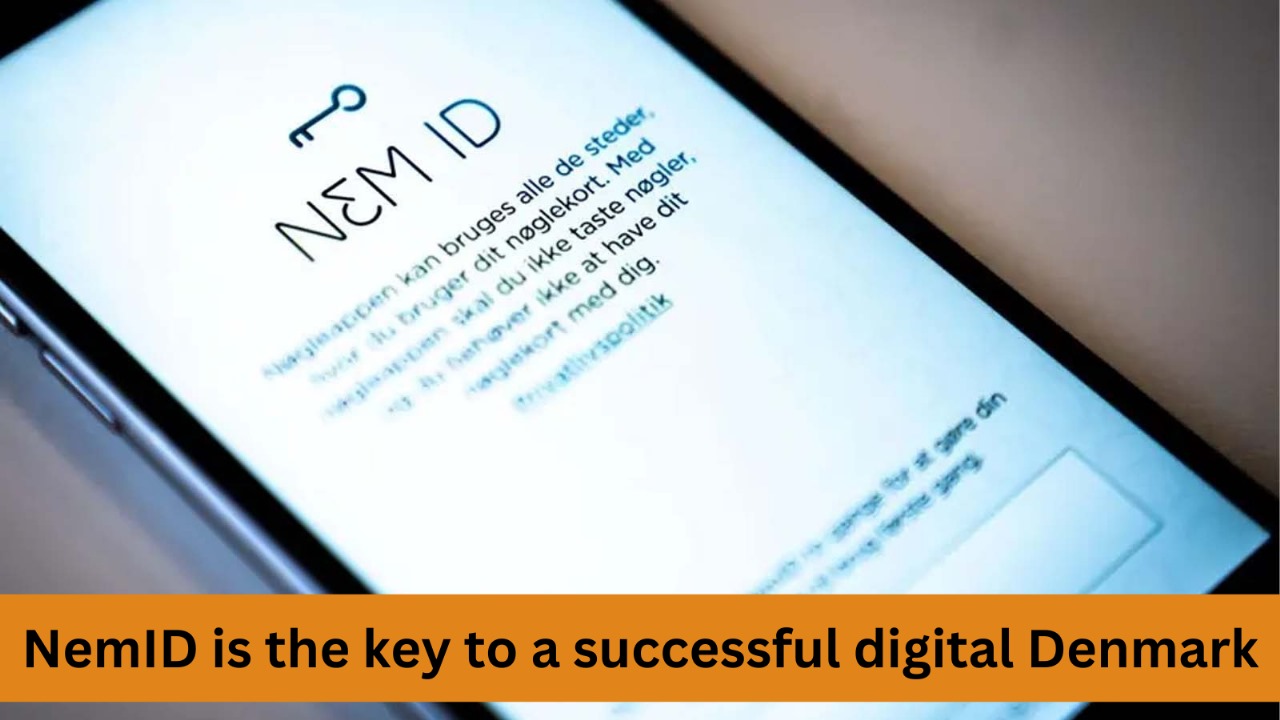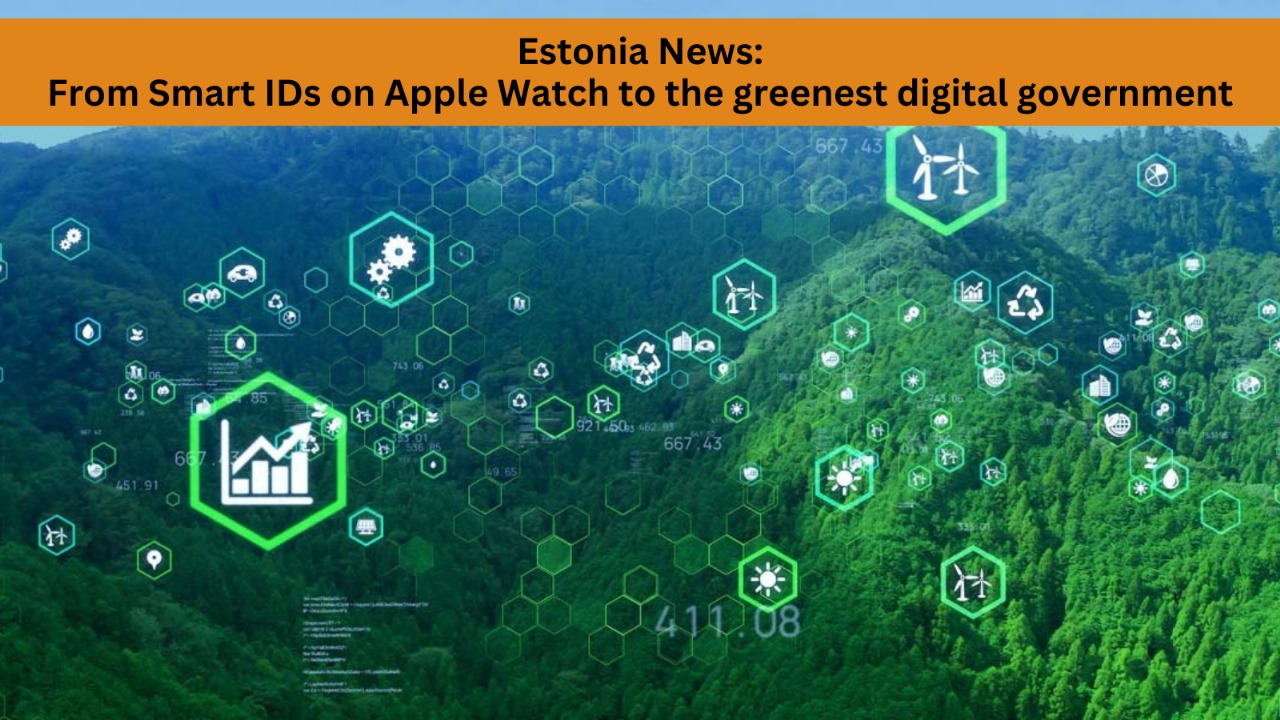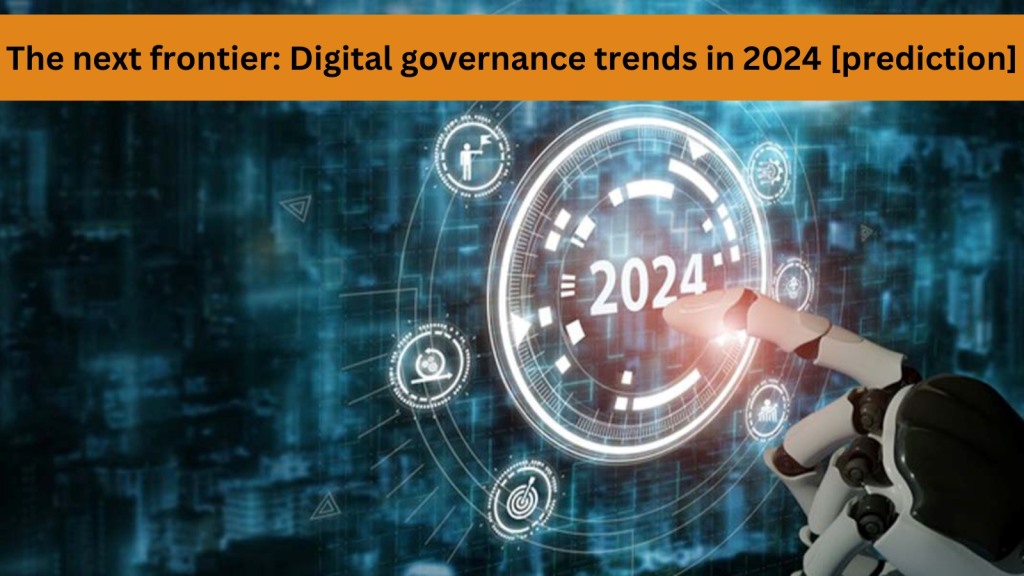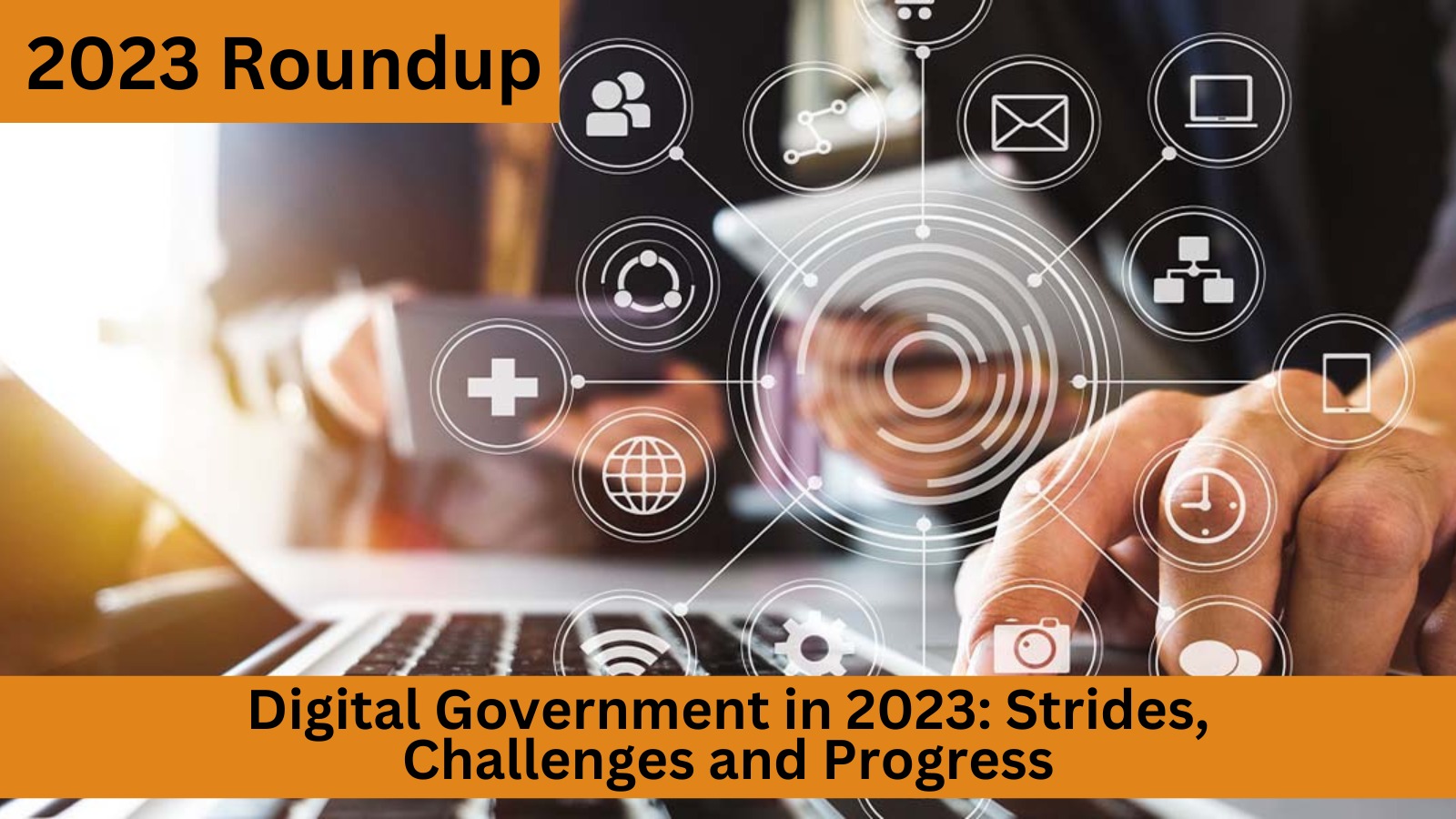NemID is the key to a successful digital Denmark
Published on January 18, 2024
Denmark stands out globally for its exceptional digitalisation efforts, consistently leading in different reports and surveys (for public sector digital advancement).
The country has the highest usage of digital services in the EU and impressively high citizen satisfaction levels with public services.
According to the UN’s 2022 EGDI report, Denmark has held the top position since 2018, showcasing its sustained leadership in this area. It holds the first place according to the Economist Impact’s Digital Cities Index in 2022, too.
Denmark has a remarkable track record in government digital transformation, setting clear goals for over 20 years. They continuously update their digital strategy through the Agency for Digital Government, releasing new reports every 4 years.
I believe Denmark’s success in government digital transformation is attributed to its long-term commitment to clear digitalisation goals spanning over (at least) 20 years.
Moreover, Denmark’s proactive engagement in public-private partnerships has significantly strengthened its digital capabilities – contributing to its ongoing success.
One remarkable aspect worth mentioning is Denmark’s e-identification solution, NemID (or easyID). This innovative system simplifies identification processes online, streamlining access to digital services and showcasing Denmark’s forward-thinking approach to digital convenience and security.
And that’s what I want to focus more on today.
Why is NemID that important?
It’s simple – NemID holds immense importance as Denmark’s pioneering digital identification solution.
Initially introduced after a pilot project for digital signatures in 1999, NemID started with a less convenient two-factor authentication system, requiring a physical key card for identity verification.
Then, in 2018, a mobile app was introduced, eliminating the need for a physical card and allowing residents to electronically verify their identity. I believe the evolution of NemID into a more user-friendly system reflects Denmark’s commitment to digital innovation.
Why? Because with just one identity number and log-in code, Danish people can access nearly all digital services, making it a widely used and effective system.
This digital identification system plays a crucial role in Denmark, enabling both residents and businesses to access a wide array of digital services. From public to private domains, NemID is used for logging into digital banking, healthcare services, tax systems, and more.
It simplifies access to these services by centralising identity verification through one identity number and login code.
But even though NemID works really well, Denmark is always trying to make it better. Last year, they brought out a new version called MitID (“my ID”). But, despite its enhanced security features, MitID faced concerns about cyber-fraud and phishing attempts, raising worries about its safety among users.
NemID reflects the confidence that citizens place in their government
As some of you might know… It’s not just Denmark – other countries like Iceland, Estonia, Finland, Norway, and Malta also have their own e-identification solutions.
With approximately 95% of the Danish population using NemID, it’s evident that this digital ID solution plays a significant role in the country’s digital landscape.
Moreover, the ‘borger. dk’ portal stands as a prime example of seamlessly integrating services from central, regional, and local authorities into a single platform. It offers citizens access to a diverse range of services—covering family matters, education, health, pensions, unemployment benefits, and more—provided by various service providers.
The portal is linked to the Danish eID solution, providing a secure digital mailbox for citizens to communicate with central and local government bodies. Remarkably, over three-quarters of government organisations allow users to receive correspondence via email.
That’s a big step in using less paper and being more digital!
So, NemID and ‘borger.dk‘ are a dynamic duo in Denmark, making it easy and safe for people to use government services online. It’s all about trust and convenience!
Different governmental levels move at the same pace
Something that’s worth mentioning about Denmark that not many other countries have is this: different governmental levels have similar levels of digitalisation.
Let’s see an example of this to better demonstrate it: When you fill out a form online, like for taxes or something else, about 74% of the forms at the national level already have some of your information filled in! That’s because they already know some things about you from other services. But at the regional and local levels, this pre-filled information is a bit less – around 41% and 33%, respectively.
This data comes from the eGovernment Benchmark 2022 report, which analyses 35 European countries. As you can see, governments at the national level are more developed than at the regional or local level.
With Denmark, the case is different. Still, according to the same report, the country demonstrates a consistent level of digital services across all government levels.
Interestingly, Denmark even tends to offer slightly more online services at regional or local levels compared to central government services.
This balance matters because when local and regional governments are also digital-savvy, it means better government services overall. Having more online services at different levels of government shows they care about making things easier for people everywhere.
In my opinion, this kind of balance shows these countries are serious about making government services more convenient for everyone. It’s not just about having fancy technology at the top—it’s about making life easier for people in cities, towns, and regions too.
Sources:
https://publicadministration.un.org/egovkb/en-us/Data/Country-Information/id/48-Denmark
https://www.leadingdigitalgovs.org/denmark
https://digital-strategy.ec.europa.eu/en/library/egovernment-benchmark-2022
About the Author
Mohammad J Sear is focused on bringing purpose to digital in government.
He has obtained his leadership training from the Harvard Kennedy School of Government, USA and holds an MBA from the University of Leicester, UK.
After a successful 12+ years career in the UK government during the premiership of three Prime Ministers Margaret Thatcher, John Major and Tony Blair, Mohammad moved to the private sector and has now for 20+ years been advising government organizations in the UK, Middle East, Australasia and South Asia on strategic challenges and digital transformation.
He is currently working for Ernst & Young (EY) and leading the Digital Government practice efforts across the Middle East and North Africa (MENA), and is also a Digital Government and Innovation lecturer at the Paris School of International Affairs, Sciences Po, France.
As a thought-leader some of the articles he has authored include: “Digital is great but exclusion isn’t – make data work for driving better digital inclusion” published in Harvard Business Review, “Holistic Digital Government” published in the MIT Technology Review, “Want To Make Citizens Happy – Put Experience First” published in Forbes Middle East.
More from Mohammad J Sear





